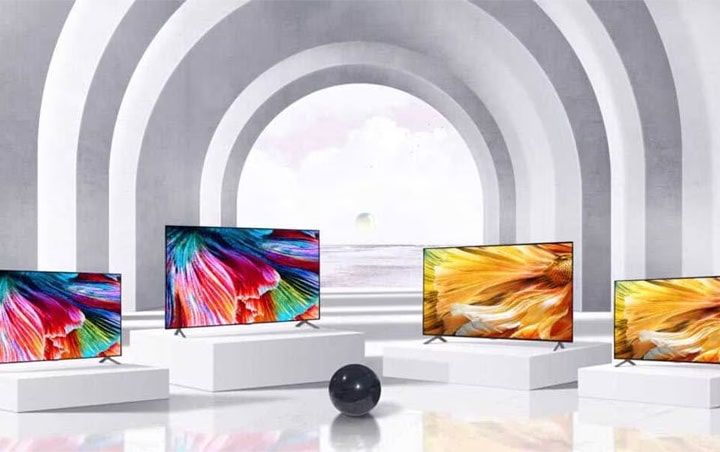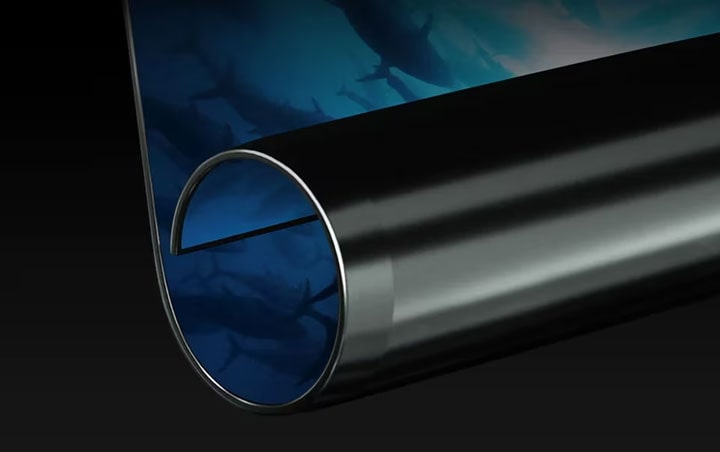We use cookies, including cookies from third parties, to enhance your user experience and the effectiveness of our marketing activities. These cookies are performance, analytics and advertising cookies, please see our Privacy and Cookie policy for further information. If you agree to all of our cookies select “Accept all” or select “Cookie Settings” to see which cookies we use and choose which ones you would like to accept.
INSPIRATION
The history of the OLED TV
Innovation is often thought of as an immediate breakthrough, but in many cases, groundbreaking developments are actually the culmination of years of work. But innovation is worth waiting for. It can truly change the customer experience, forever - sometimes even inspire the competition. That goes for every product from cars, financial products, smartphones and televisions.
When it comes to innovation, patience and perseverance pay off. In LG’s experience, this has certainly been the case with its television technology - and its OLED panels in particular - where the company has become the market leader.
OLED, in case you’re wondering, stands for ‘organic light-emitting diode.’ In simple terms, this means that every single pixel that makes up the picture illuminates. When the television is switched on, millions of thin, flexible and incredibly small diodes light up to create a viewing experience like no other.
This technology, which LG has been refining for years, delivers an altogether superior picture than LED and LCD displays. With striking contrast that shows perfect blacks, realistic colors and the potential for flexibility and thinness beyond imagination, LG's OLED TV is an example of persistent innovation at its finest.
1987: OLED technology is created
OLED isn’t a new technology; far from it. It first arrived on the scene in 1987, with Kodak developing it for their digital cameras. Little did anybody know that what Kodak had created would bring about so many exciting possibilities in the world of television.
2004: The first OLED TV
It wasn’t until the new millennium that electronics companies started to realise what OLED technology was really capable of. Sony, for example, released their first OLED TV in 2004, while Toshiba, Samsung and Panasonic also dabbled in OLED panels that had so much potential.
There were teething problems. The lifespan of OLED TVs was, back then, short. Cost was also an issue - brands found it difficult to develop an affordable OLED TV, with prices for an 11-inch screen averaging an eye-watering $2500.
People clearly believed in the technology, but it needed perfecting. And this takes time. The old adage ‘if something’s really worth doing, it’s worth doing well’ couldn’t be more accurate.
2010: LG enters the market
Continuous innovation—this was the principle that guided LG. They kept the faith and in 2010 created the LG 15-inch 15EL9500 OLED TV. With a super flat screen and beautiful, sleek design, LG’s first OLED product was a success. On reflection, this was only just the beginning.
If you were wondering “when did 4K TV’s come out?”, it is worth noting that the 2010’s were an era of innovation, with the first ‘4K’ TVs entering the market. These television sets got their name, referring to the 4,096 x 2,160 sizing, the format used for movie theatres
2012: A record-breaking OLED TV
LG continued to hone its OLED technology, committing time and resources into creating the very best entertainment solution in the world. In 2012, the first 55-inch OLED panel television was released by LG - the largest screen ever at this time. But even then, few knew that this innovation was shaping up to become the breakthrough TV technology.
2013: A new market-leader
One year on and a lot had changed. In 2013, Sony and Panasonic shut down their OLED partnership. They said the project didn’t deliver the growth they expected and they had feared that OLED televisions weren’t ‘commercially viable.’
While these brands returned to the drawing board, LG kept its nerve and invested more into the technology. Others hesitated, but LG stayed true to its commitment to making OLED a viable technology and bringing it into the market. In 2013 LG launched its OLED TVs which was quickly a hit in the television market. It was the beginning of what was to become “the best selling” success story.1
2015: A change of tack
Fast-forward two years. In 2015, Samsung, once an OLED competitor alongside LG, went in another direction. Concerns about the cost of investment in this technology led them to create their own brand, Q-LED. But while Q-LED is still part of the LCD family, displaying more vivid colours due to an added colour sheet, LG continued to lead the way in forming the truly innovative OLED technology.
2017: LG inspires others
Another two years down the road and LG, undeterred by Samsung’s change in strategy, reached another milestone. Persistence was rewarded, when in 2017, LG Display were providing Sony, Panasonic, Toshiba, Philips and Loewe with OLED panels for their TVs.
2023: Breaking boundaries
Today, this game-changing technology continues to create endless possibilities in the television market, making the seemingly impossible, possible. For proof - the very first rollable TV has been released - only achievable because of the flexible nature of OLED technology.
The story of OLED technology just goes to show that innovation isn’t so much about a Eureka moment, but a matter of patience, persistence and bold thinking.
Life’s Good!
1 Based on IHS Markit, Technology Group, TV Sets Market Tracker Q4 2017. Ranking is not an endorsement of LG. Any reliance on these results is at the third party’s own risk.








